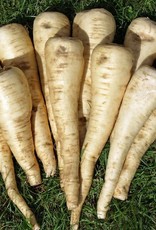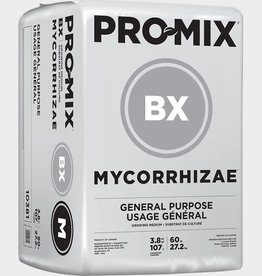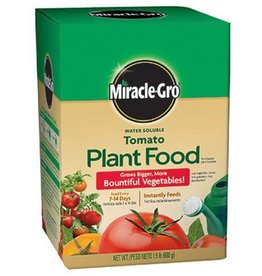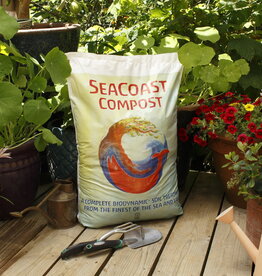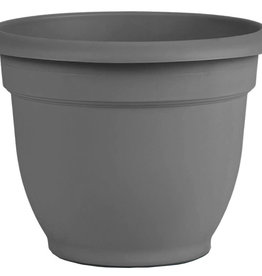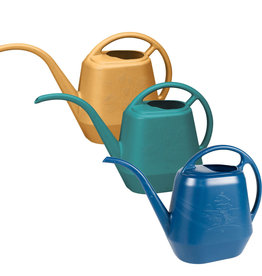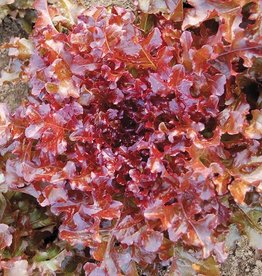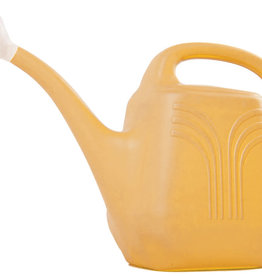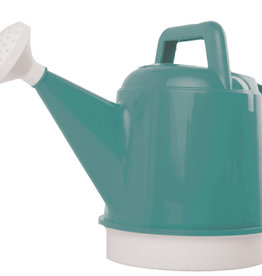HM Halblange Parsnip 1/32 OZ
| Availability: | In stock (5) |
Photo and Description Credit - High Mowing Seeds
Bright white, highly uniform roots with strong yield potential.
A standout in our trials for the striking white of the roots and the high degree of uniformity. More wedge-shaped with a very consistent length. From our collaborators at Bingenheimer Saatgut, a biodynamic seed production company in Germany.
- High yielding
- Very uniform
- 10" long roots
5,776 avg seeds/oz, 92,413 avg seeds/lb. 1/32 oz approx. 180 seeds.
Seeding Rate
Direct seeding rate: 30 seeds/foot in 2" band in rows 4-12" apart. For larger roots, cut seeding rate in half.
Cultural Info
Turnips and Rutabagas (Brassica rapa and Brassica napus) are cool season biennials in the Brassicaiceae family, which includes broccoli, Brussels sprouts, cabbage, cauliflower, collards, kale, kohlrabi, turnips, mustards, watercress and horseradish.
Soil Nutrients and Requirements
Turnips and Rutabegas can tolerate slightly alkaline soil, preferring the range 6.0 -7.5. Deep, loose, well drained fertile soil with moderate nitrogen levels is best.
Seeding Depth
Planting instructions are from direct seeding. Planting depth: 3/4"
Plant Spacing
Seed spacing: for turnip 8 sds/ft, for rutabaga 6 sds/ft; Plant spacing: for turnip 2-4" , for rutabaga 6"
Row Spacing
Row spacing: for turnip 12-18, for rutabaga 18-24”.
When to Sow
Turnips can be grown all season long but perform best in cool fall conditions. Rutabagas are sown in the summer for fall harvests. Seeds will germinate from 45-85 degrees.
Harvest
Flavor is sweetest when harvested just before the ground freezes or at least after two hard frosts. Turnip tops can be eaten as greens.
Storage
Unwashed roots can store for several weeks at 32°F at a high relative humidity as close to 95% as possible. With good air circulation, topped roots can be stored four to five months.
Pest Info
- Cabbage looper, imported cabbage worm, and diamondback moth, are of the Lepidoptera order and can be controlled by Bacillus thuringiensis (such as Dipel DF) and/or spinosad, preferentially in rotation with one another to prevent selection of resistant individuals.
- Cabbage root maggots feed on roots, resulting in stunting and wilting of plants. Use floating row cover to protect young plants. There are also beneficial nematodes available.
- Flea beetles make small holes in the leaves and are most damaging to growth when plants are young. . Floating row cover may be used to ward them off.
Disease Info
- Black rot, caused by the bacteria Xanthomonas campestris pv. campestris, is one of the most destructive diseases of all crucifer crops. Symptoms first appear as V-shaped yellow lesions at the leaf margin, after which the veins of infected leaves, stems, and roots turn black. Infected plants should be pulled up as soon as noticed, and plantings should never be worked during wet conditions.


